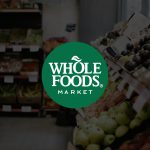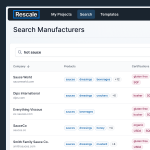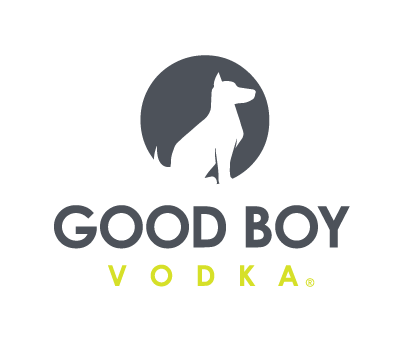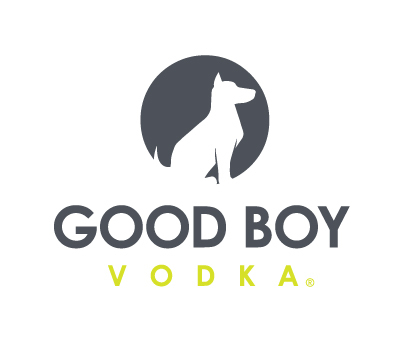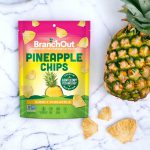Above Food Outlines Path Ahead In First Public Co. Update
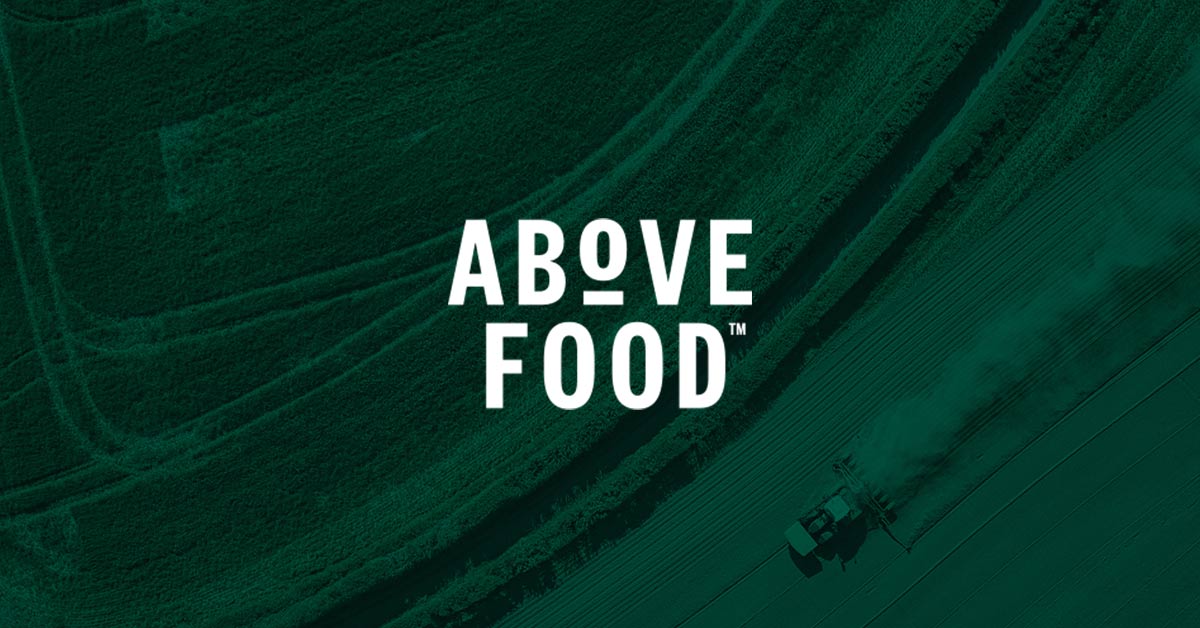
Regenerative ingredient platform company Above Food marked its first month trading on the Nasdaq with an update and overview last week highlighting that the overall business has grown at a CAGR of 34% since fiscal 2021.
The company will release earnings for its first half of the year in the coming months, but for now has shared some details on its new structure and strategy since completing its business combination with Bite Acquisition Corp in late June.
The business’s stock price is still trading in the low-single-digit range, dropping to $1.56 per share (down 14.75%) after the call Thursday. That valuation dropped over the weekend, now $1.46 per share, and became the initial focus of Thursday’s update delivered by president, CEO and executive chairman Lionel Kambeitz.
“This is not where we want our stock to be trading today. I am likely the most upset of anyone at where the company is currently valued,” he said at the beginning of the prepared remarks. “My family and I have put five years into this company. Our community and our staff have put five years into this company. This is a once-in-a-lifetime company that will be part of the agricultural success of the northern plains of the United States and of Western Canada. I am motivated, personally and financially, to prove our value to the market.”
The vertically integrated ingredient company serves as the parent to CPG brands including Loma Linda, GoodWheat, Farmer Direct Organic, TUNO, Neat and others. But those entities are only a small part of the overall business, he emphasized. The company is primarily focused on supporting the growth of regenerative agriculture by creating markets for five plant-based ingredients including oats, quinoa, chickpeas and a range of pulses.
“The centerpiece of our business is our ability to be able to take our purpose-built infrastructure to manufacture value-added specialty ingredients,” Kambeitz said. “In doing so, we expect to enhance our margin profile and leverage our fixed asset base, which is operating at a modest 30% utilization rate, the growth inherent in our business should allow us to more than double our revenue base in the coming years with little additional CapEx required.”
Jason Zhao, CFO, noted that the business’ recent growth trajectory has been inhibited by constraints to working capital as it worked to combine with Bite, creating a headwind to optimizing revenue in its “higher-margin” business arms. Zhao said operating income and EBITDA have also been dragged by “a host of extraordinary and non-cash expenses that were cleaned up in advance of closing our business combination.”
In fiscal 2024, Above generated $273 million in revenue, a slight decline from the $293 million in FY23. Since closing its business combination, Above has also closed a handful of strategic transitions that have yielded $16.7 million in cash, Zhao said. For every dollar of working capital, the company can yield $6 in revenue, which Zhao detailed while emphasizing the negative impact working capital constraints have on the business’s revenue potential.
Kambeitz claims that the company already serves over 260 branded CPG and private label clients that contribute to a retail footprint of more than 62,000 points of distribution. The company’s production and processing facilities are on track to generate double the revenue it brought in in 2023 and can achieve a run rate of $650 million, he stated.
The company will continue to expand via a “robust” acquisition pipeline to support its production rate goals, add additional muscle to its value chain, and to build up a sustainable margin structure. While the company does market and sell branded CPG products, Zhao emphasized that growing and processing ingredients will be the primary focus to the higher-margin opportunity.
The ingredient processing arm is second in line to the “disruptive agricultural” division, and Williams explained that the branded and private label CPG product segment helps round out the vertically-integrated business. These diverse operations allow for “multiple avenues for organic growth and margin expansion opportunities” looking forward, Kambeitz explained.
“We are breaking boundaries and disrupting traditions,” he said. “Our unique and vertically integrated seed-to-fork platform is revolutionizing the entire food chain, integrating regenerative agriculture along the way… this is an innovative approach that positions us to access powerful, secular better-for-you trends and [carbon] footprint reduction trends while tackling global food security challenges and supply chain fragility.”



